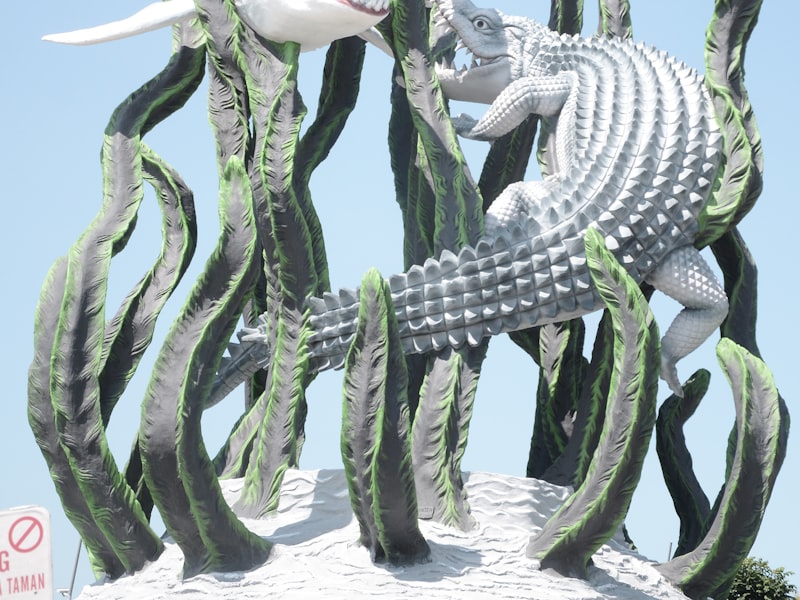Different types and styles of massage therapy


Massage therapy is the act of relaxing and manipulating tissues. This action allows manipulation of the soft tissue and surrounding structures. Two main types of massage therapy are available: manual or mechanical. Manual massage includes massage applied with hands, fingers, palms, elbows, and feet. Mechanical massage involves applying pressure with a device (e.g. rolling brushes, heated oils and heated water), to achieve the desired effect.
Massage therapy is based around the principle that relaxation causes a decrease in muscle tension and an increase for range of motion. The application of pressure to one specific spot on the body is an effective massage technique. The pressure applied to a point on the body stimulates blood flow, which increases muscle flexibility. Myofascial Release is another alternative therapy that can be used to treat chronic pain and immobility. It relaxes tight contractions and increases blood flow.
Trigger Point Massage Therapists are professionals who use specific massage techniques to treat particular areas of the body. They focus on increasing range of motion, relieving chronic pain, and reducing muscle stiffness and spasm. A trigger point is a location in which a nerve or muscle experiences a painful "knot", or "taut band" around a specific area.
Myofascial Massage therapists use myofascial massage techniques to release knots, reduce chronic tension, decrease soreness, increase range and flexibility, and reduce soreness. When myofascial release massage therapist apply pressure to a specific point along the myofascial chain, myofascial tapes and triggers are used to release these knots. These triggers may be either manual, electric, hydraulic, or a combination of both. Trigger point therapy has been proven to not only relieve pain, but help with muscle repair, and strengthen the body's immune system.
Deep Tissue Massage This massage technique treats deeper layers below the surface layers of muscle and joint tissues. This technique does NOT require the use trigger points, myofascial relaxation, or deep tissues stretching. A massage therapist uses her hands in this technique to tighten and compress stressed muscles. By doing this, tension is released, which helps to relieve the stress that has been building up over time. Many people who have used this method describe it as feeling the urge for a bowel movement, but it also helps release long-standing tension.
Trigger Point Therapy uses mechanical devices to stimulate points along the myofascia, or connective tissue, to increase flexibility and relieve tension. The mechanical device activates certain trigger points. 마산출장안마 These triggers can be found in the muscles, tendons or ligaments as well as other tissues. When the pressure is applied, the trigger points are depressed. This causes muscles to contract. This technique does not use massage therapy techniques such as myofascial release or deep tissue stretching. The therapist can apply continuous pressure to the muscles when they are contracted.
Soft Tissue release A massage therapist uses slow pressure and hands-on techniques to soften the tissue. The massage therapist uses soft tissue release to loosen adhesions (or scar tissue) from joints and other areas. If the skin becomes too stretched, such as from vigorous exercise, adhesions will form in the tissue. Adhesions or scar tissue can cause soreness and pain.
Manual Pressure and acupressure. A massage therapist may also use manual pressure, which is a hands-on technique that can release pain and relieve discomfort. Acupressure is a technique known as manual pressure and has been used for hundreds of years across Europe, China, India, and the United States. The thumbs, fingers or palms are used to gently press on specific acupoints. Acupressure reduces pain by increasing blood supply, relaxing muscles, decreasing stress, increasing circulation and relieving a range of ailments. This massage is a popular choice for pain relief.
